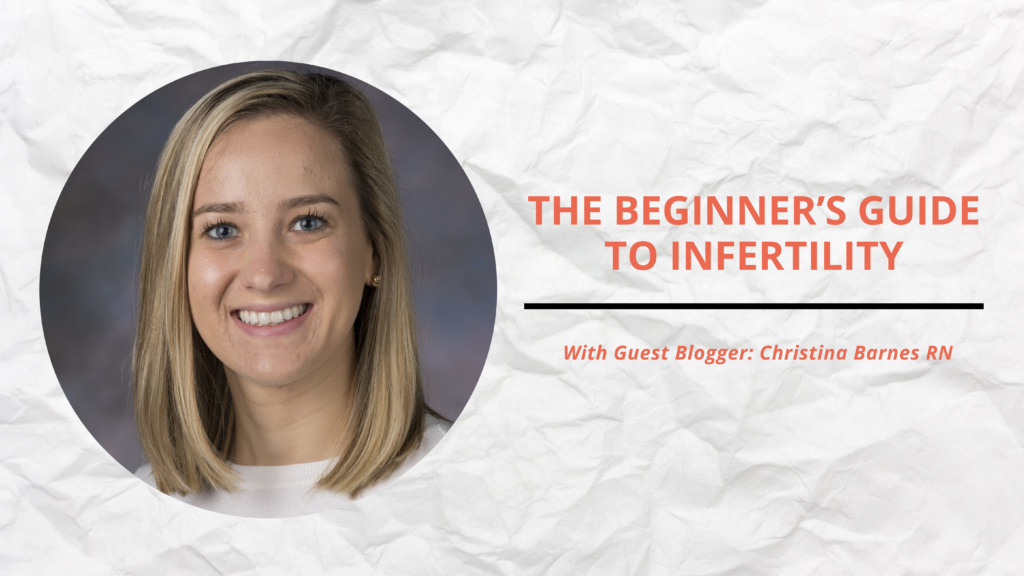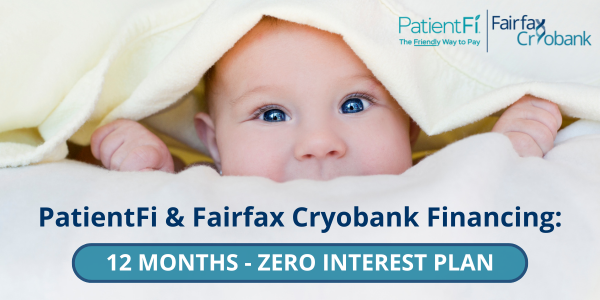The Beginner’s Guide to Infertility
Learn more about infertility resources and terms with your own beginner’s guide to infertility

If you are one of the millions of individuals diagnosed with infertility, you may be starting your journey with more questions than answers. It can be difficult to separate the helpful resources from those that only bring on an unwelcome and counterproductive emotional rollercoaster ride. With that in mind, I’ll introduce you to the common infertility terms and share some of the most helpful, evidence-based, emotionally supportive resources available.
What exactly is the definition of infertility? In simple terms, it describes a couple that has a difficult time becoming pregnant. This doesn’t necessarily mean that the couple can’t get pregnant; it only means that after a certain period of time, the couple has not gotten pregnant yet. In medical terms, infertility is defined as the inability of a couple to conceive after 12 months in women less than 35 years of age, and after 6 months in women 35 years and older. The couple must be having regular intercourse without contraception in order for this definition to apply. If you and your partner have been having regular sex for 3 years without getting pregnant but you use condoms most of the time, you would not meet the criteria for infertility. If, however, you are a 31-year-old female having contraception-free intercourse with your male partner multiple times per month and you do not become pregnant after 12 months, you as a couple would meet the criteria for infertility.
The beginning of one’s journey with infertility can be very confusing. All of a sudden you are inundated with complicated medical terms, medications you’ve never heard of before, and abbreviations that all sound the same. Here are some of the most common terms used when describing infertility and all the associated treatments:
- ART: This stands for assisted reproductive technology. ART is any fertility procedure that handles eggs and embryos outside of the body. IVF is the most effective and common type of ART.
- DOR: This stands for diminished ovarian reserve. DOR is when a woman has fewer eggs in her ovaries than she should for her age.
- FSH: This stands for follicle-stimulating hormone, which helps regulate a woman’s menstrual cycle and stimulates the growth of eggs. Testing this hormone level can help determine a woman’s ovarian reserve.
- Gestational Carrier: A gestational carrier, or surrogate, is a woman who becomes pregnant with another person’s or couple’s embryo created through IVF. She is not biologically related to the baby. She carries and gives birth to the baby for another couple or individual.
- Semen Analysis: A laboratory test that evaluates a man’s semen. For details on what the semen analysis looks at and what the results mean, see the Fairfax Cryobank blog article Semen Analysis Explained at https://fairfaxcryobank.com/blog/semen-analysis-explained
- IUI: This stands for intrauterine insemination, which is the process by which sperm is placed directly into the uterus. The sperm is injected into the uterus through a thin tube placed through the woman’s vagina.
- IVF: This stands for in vitro fertilization, which is the process by which an egg and a sperm are combined in the laboratory to create an embryo. The embryo is then transferred into the uterus. This leads to pregnancy only if the embryo successfully implants in the uterine wall after transfer.
- Ovarian Reserve: Refers to the number and quality of a woman’s remaining eggs. Providers can determine a woman’s ovarian reserve by testing for FSH, AMH, and estradiol levels in the blood.
- PCOS: This stands for polycystic ovarian syndrome. PCOS is a condition that causes women to ovulate irregularly or not ovulate at all. This is the most common cause of female infertility.
- POI: This stands for premature ovarian insufficiency. POI occurs when a woman younger than 40 loses the normal function of her ovaries. This is also referred to as early menopause.

Infertility can be mentally, physically, and emotionally draining. You may be so focused on the lab values, cycle tracking, and physical signs of infertility that you can begin to neglect your mental and emotional health. Here are some helpful tips on dealing with infertility and some resources for more information on caring for yourself and your partner during this journey:
The American Society for Reproductive Medicine (www.asrm.org) has wonderful scientific resources for patients and providers. This guide to Infertility Counseling and Support can help you identify if you need counseling support and if so, how to find it. They also have a long list of additional resources and websites, such as Single Mothers By Choice and Parents Via Egg Donation. This fact sheet on Stress and Infertility explains the connection between the two and offers ideas on how to reduce your stress.
RESOLVE (www.resolve.org) is the site for The National Infertility Association. RESOLVE aims to create a supportive community for individuals “challenged in their family building journey.” In addition to providing educational resources and personal stories, they organize online and in-person support groups and opportunities to get involved in legislation that impacts family building.
Fairfax Cryobank (www.fairfaxcryobank.com) has a section of their site devoted to couples facing infertility: https://fairfaxcryobank.com/couples-facing-infertility. They include a link to their Fairfax Family Forum, which gives you a space to connect with others experiencing infertility (among other topics). Fairfax Cryobank also allows customers to search for sperm donors with confirmed pregnancies when using the advanced search option.
Overall, success rates for assisted reproductive technology are relatively high. In a study that evaluated ART procedures and pregnancies across Europe, researchers found that 47 percent of ART procedures that made it to the transfer stage resulted in pregnancy, and 38 percent resulted in a live birth.
Of course, individual success rates vary depending on age, health status, and causes of infertility. If you’re interested in estimating your own success rates with IVF, the Centers for Disease Control and Prevention (CDC) has a great online tool that lets you put in your own data and shows you your chances of having a baby with IVF. That tool can be found at https://www.cdc.gov/art/ivf-success-estimator/index.html. The CDC also keeps track of the ART statistics and success rates for every infertility clinic in the United States, and that information can be found here: https://www.cdc.gov/art/artdata/index.html
Resources
De Geyter, C. et al. (2014). ART in Europe, 2014: results generated from European registries by ESHRE: The European IVF-monitoring Consortium (EIM). Human Reproduction, 33(9), 1586-1601.
For more information on how Fairfax Cryobank supports families living with infertility visit our Couples Facing Infertility resource page.







